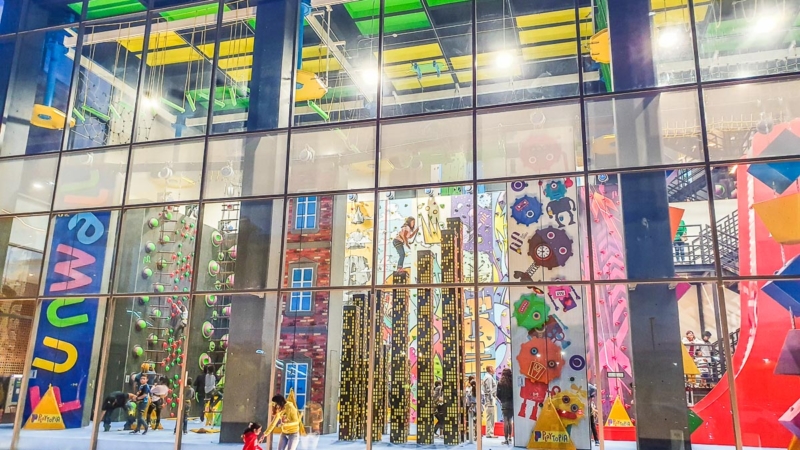The Sustainability Ingredient for the FEC – Active Entertainment

The “experience economy phenomenon” was first mentioned in the early nineties and since then has gained huge momentum, enhanced by social media and the culture of sharing. From food photographs to IG stories of wacky vacations, YouTube videos of flash mobs, TikToks of gigantic music festivals, or even performative gaming – the last decade is all about proving that we are doing more, experiencing more and because of that – living more.
Social media has managed to change memories from something subjective to something that can easily be publicly quantified, thus changing the concept of experience from “something you do” to “something you are”. This mentality – that social status comes not from “having” but from “being”, shapes the spending habits of the whole Millennial and Gen Z generations.
Given this, it comes as no surprise that the entertainment industry has been booming in the last decade. And while the classics like Arcades or Bumper Cars are still common, trends like Active Entertainment – the concept of merging entertainment with physical exercise, are on the rise.
This is especially true when it comes down to entertainment targeting children and families. The appeal of kids actively playing with one another rather than being glued to a screen is a successful marketing strategy as it fills a void, both emotionally and in terms of exercise, that parents often feel ineffective to fill otherwise. Moreover, the trend is fueled by the millennial health craze to raise kids who are fitter, healthier, and environmentally conscious.
The benefits from these trends are reaped predominantly by the FEC centers. Of course, the high demand equals a fierce competition so the hunt for new and more interesting attractions is always on. From trampolines to soft play and giant slides – when it comes down to catering to the demand of physically challenging entertainment, the possibilities seem endless.
It is when cognitive and physical challenges need to be combined into one attraction that things get a bit trickier and unfortunately, there are a few types of attractions that seem to be able to hit the mark. One example of successful active entertainment is kids climbing walls which are specifically designed to enhance cognitive development in children as well as challenge their balance, coordination, and agility.
Kids climbing walls are already extremely “in” and climbing centers designed solely for kids are popping up across Europe and the US as well as the Middle East. However, as popular and flexible as these are, they do require a building with a considerable indoor clear height, which is a requirement that not all FECs can meet.
An option for smaller and narrower spaces could be another artificial natural structure – the artificial caving system. Combining exploration games with tunnels and obstacles, the attraction is the embodiment of “edutainment” while being interesting and stimulating. These solutions are however more of a solo activity compared to other attractions like Adventure Trails or Cloud Climbs that cater to children’s desire to compete and create imaginative games as a group.
Such activities have the claim of sustainability – unlike video games, they rely not on flashy ruses but on activity and building real connections between the participants, their parents and the FEC center itself. Given this is true, it could be a fascinating opportunity for FECs to grow their business in a sustainable way – by creating a community that engages both children and parents and brings them back. This concept rings true even with the elephant in the room, Covid-19, present. After the lockdowns, now more than ever people crave meaningful and shared experiences. And while being closed has been strenuous for businesses – it is also an opportunity to go into a new direction – one that is not only appealing but also sustainable.
